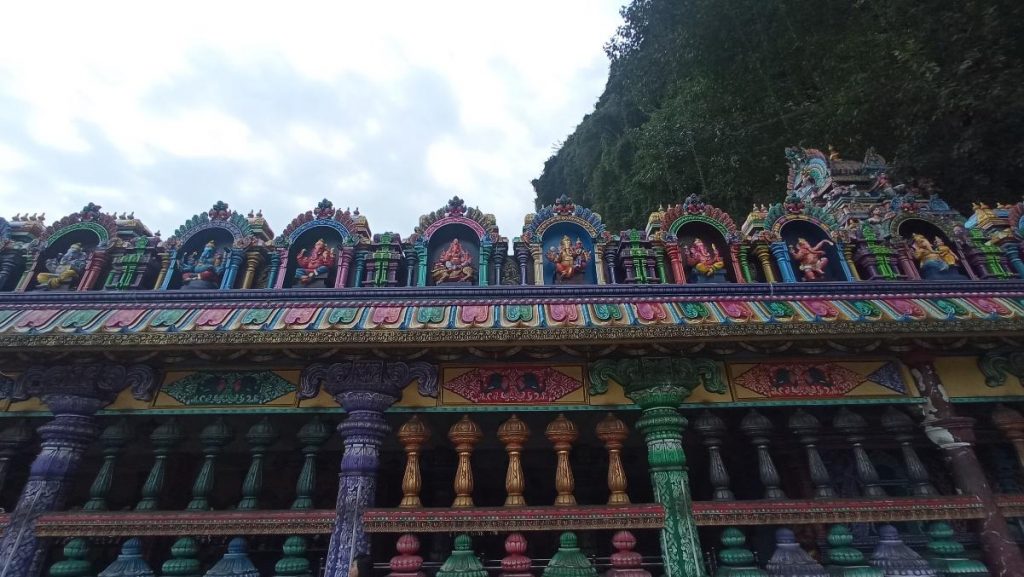
Yon Ade Lose Hermanto Reveals the Meaning of Symbolism and Aesthetics in the Architectural Design of Cultural Acculturation of Putra Jaya Mosque and Batu Caves
Yon Ade Lose Hermanto Reveals the Meaning of Symbolism and Aesthetics in the Architectural Design of Cultural Acculturation of Putra Jaya Mosque and Batu Caves
Faculty of Letters
Department of Art and Design
August 18, 2024
Learning and Students, Student Learning and Activities
SDG 9
On 16 August 2024, Yon Ade Lose Hermanto, S.Sn, M.Sn, delivered an in-depth presentation titled “The Meaning of Symbolism and Aesthetics in the Architectural Design of Cultural Acculturation: A Case Study of Putra Jaya Mosque and Batu Caves” in Selangor and Putra Jaya, Malaysia. The presentation explored how the architectural designs of the two landmarks reflect cultural acculturation through rich symbolism and aesthetics.
The Putra Jaya Mosque, located in the administrative center of Malaysia, is a prominent example of contemporary Islamic architecture that combines traditional design elements with local touches. Hermanto explains that the mosque’s striking large domes and majestic minarets serve not only as a functional structure but also as a symbol of Islamic grandeur and spirituality.
But more than that, the mosque’s design reflects a deep cultural acculturation. Details such as traditional Malaysian carvings integrated into the mosque’s structure give a local touch to the global design. This creates a space that not only accommodates worship practices but also celebrates Malaysia’s cultural diversity. Through the combination of modern materials such as concrete with traditional ornamentation, the Putra Jaya Mosque creates a unique and culturally significant architectural identity.
On the other hand, Batu Caves, a Hindu temple complex in Selangor, offers a different take on sacred architecture. Hermanto describes how the design of Batu Caves utilizes the cave’s natural features as an integral part of the religious experience. The large statues and reliefs that adorn the cave walls are not only aesthetic elements but also profound spiritual symbols.
The Batu Caves design shows how architecture can adapt and integrate cultural elements with the natural context. The symbolism in this design is not only rooted in Hindu tradition but also shows how architecture interacts with the environment to deepen religious and cultural meaning. The connection between design elements and natural geological features creates a space filled with symbolism and spiritual experience.
Yon Ade Lose Hermanto’s presentation revealed that both the Putra Jaya Mosque and Batu Caves are shining examples of how architecture can reflect cultural acculturation through symbolism and aesthetics. Through designs that combine traditional elements with contemporary innovation, these two landmarks create spaces that not only fulfill religious functions but also celebrate cultural and cultural diversity.
The story behind the design of the Putra Jaya Mosque and Batu Caves shows how architecture can serve as a powerful medium to express and celebrate cultural acculturation. By integrating rich symbolism and aesthetics, architecture is able to create spaces that are profound, meaningful and culturally relevant.